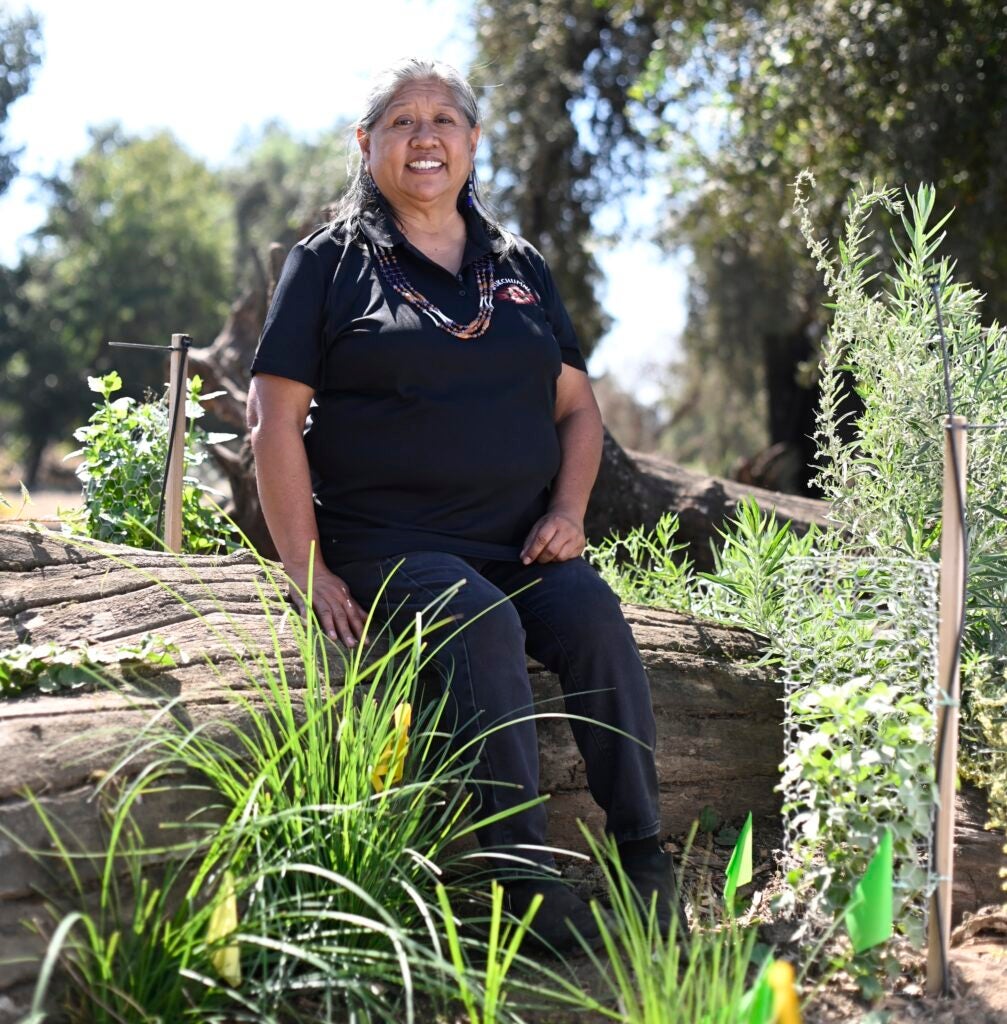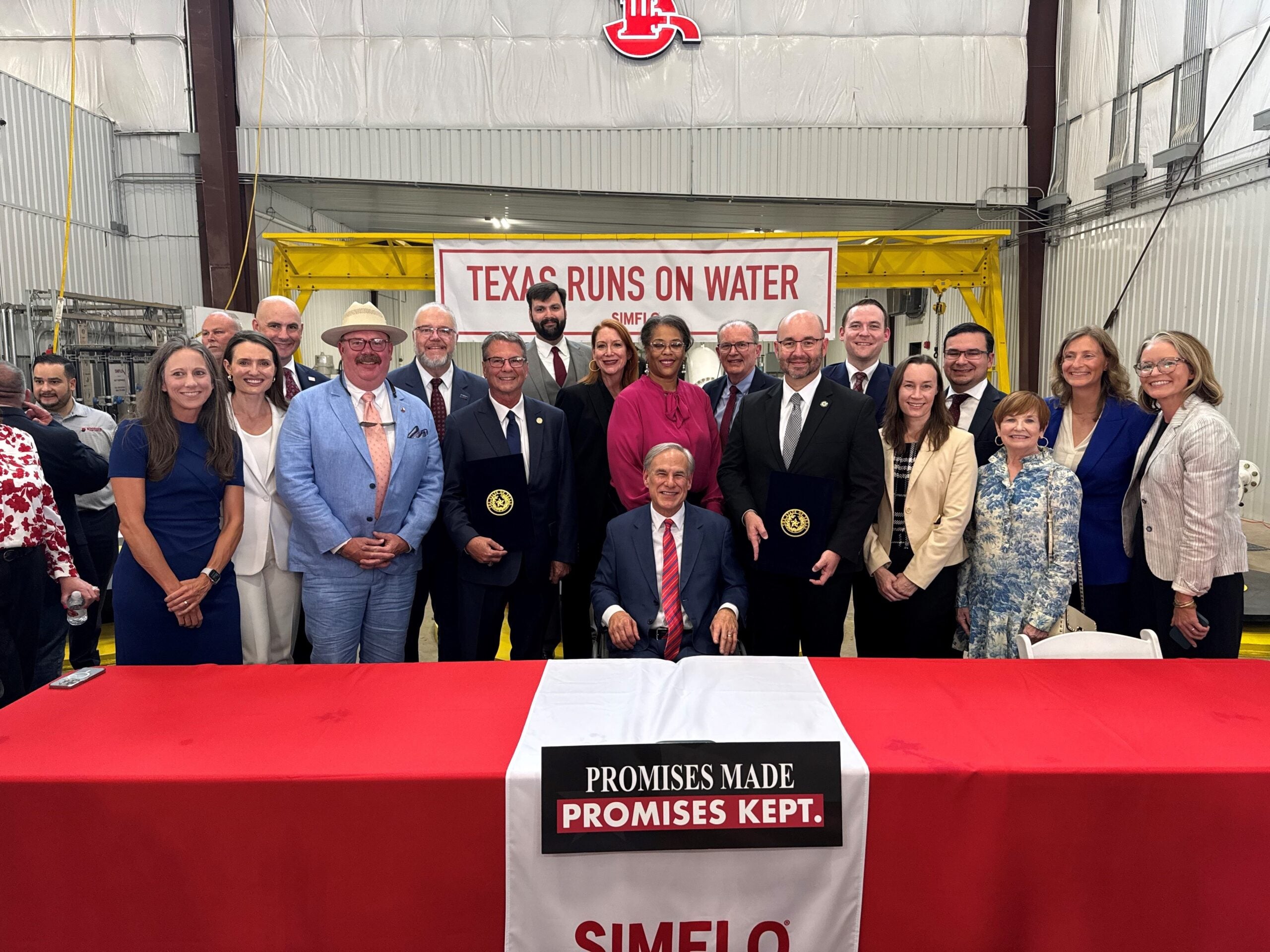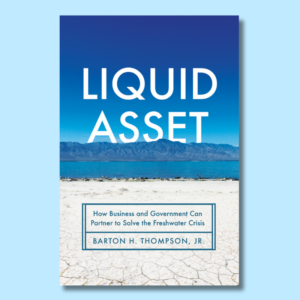
Wukchumni Tribal Chairperson and CEO Darlene Franco sits amid recent native plantings in a restoration area near Visalia funded through the California Multibenefit Land Repurposing Program.
Land and water conservation efforts are often implemented in highly local, context-specific ways, shaped by the land itself, the people who steward it, and the unique challenges they face. When the people leading this work have the chance to connect, it creates opportunities for deeper learning, collaboration, and a stronger sense of purpose.
Last month, the third annual Pause and Reflect meeting did just that, providing an opportunity to connect for participants of California’s Multibenefit Land Repurposing Program (MLRP) from around the state. The event brought together collaborators across sectors to strengthen the MLRP grantee community of practice, reflect on progress, and co-create a shared vision for continued advancement and support. After three years of monthly virtual meetings and semiannual in-person events, it was clear that regularly convening MLRP grantees working toward similar goals and facing similar challenges, across a variety of geographies, has created a solid peer learning network and a genuine community of practice.
MLRP complements California’s groundwater sustainability efforts by incentivizing land repurposing projects that conserve water, enhance recharge, and deliver environmental and community co-benefits. As one attendee noted, MLRP isn’t only about water. The program supports practitioners working across diverse ecosystems and cultural landscapes, balancing the complex needs of both the natural environment and the people that inhabit it.











